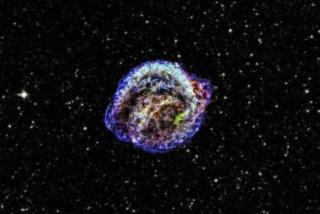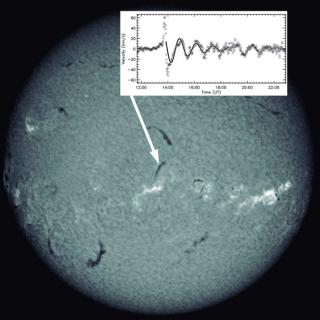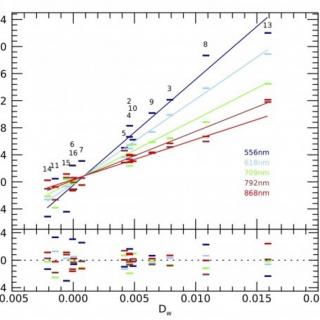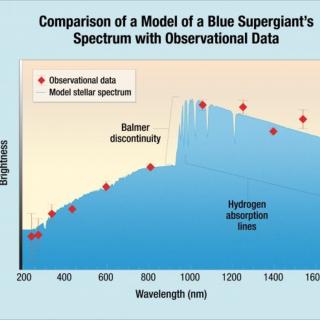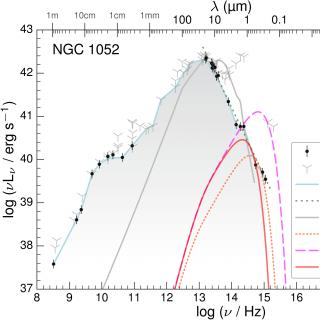
Low-luminosity active galactic nuclei (LLAGNs) are found in about 1/3 of all the galaxies in the Local Universe, establishing the most numerous class of AGNs. At low accretion rates, LLAGNs are expected to develop major changes in the structure of the accretion disc when compared to their bright counterparts, Seyfert galaxies and Quasars. Here we present high-angular resolution data (~13 pc) for the LLAGN in the nucleus of NGC 1052, covering 10 orders of magnitude in frequency from radio to X-rays. The flux distribution of the nucleus is well described by a broken power law plus an inverse
Advertised on
